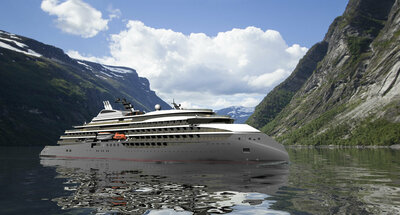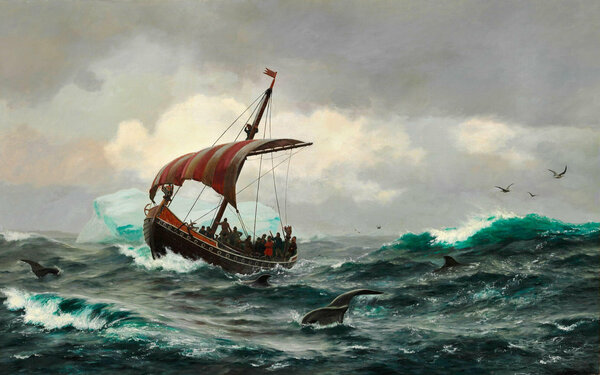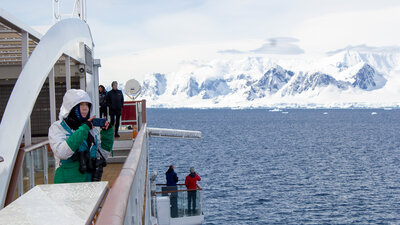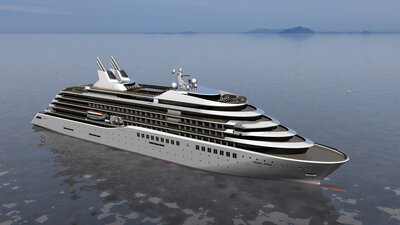Exploration is the genes of many people born and raised in the Nordic countries, maybe because of the harsh nature. The climate can be rough, with long and cold winters, and the people living along the rugged coastline have always gained from the resources brought to them by the ocean. People used boats for the open seas long before the age of the Vikings. Rock carvings show boats with stems, and 2000-year-old boats have been excavated from burial mounds. The boats were designed and developed for hunting, fishing and transport.
And later, for expeditions.

Ten decades of maritime expertise
The headquarters of Ulstein lies north of the North Sea and on the brink of the Barents Sea, on the northwest coast of Norway. We have developed vessels for a century. In the early days, the shipbuilders at Ulstein were also fishermen. During the winter months, when the fish came in abundance to the coast, the workers went fishing for several weeks, in their small, wooden boats. They were explorers, testing the elements against man.
Design philosophy
As Norwegians are used to being confronted with the elements, vessels are being developed for a purpose, to make life on board safe and comfortable in meeting with the harsh elements. Important aspects to focus on when developing ship designs are safety, environment, cost-efficiency, reliability and the total life-cycle cost of the vessel.
Be the first to explore wildlife
Today, Ulstein's reference list counts over 300 vessels, and the company has brought forward numerous maritime innovations to ease life at sea. One of these is a backwards-sloping bow that reduces slamming and vibrations from the sea when moving forwards.
Implementing this design in an expedition cruise vessel, the passengers can stand at the bow and, looking down, watch the sea as it meets the hull. This is a favoured spot for the dolphins to play, and they might want to follow along the journey. The view around is remarkable. From the ship's sides, large balconies open up to the surroundings to get closer to nature while sheltered from the weather. The spacious public spaces offer sized-up windows to get nature even closer.
The backward-sloping X-BOW is a favoured spot for the dolphins to play. Film by Christian Remøy below.
Far-away ventures in accordance with nature
The expedition cruise vessels developed by Ulstein can venture to faraway areas to explore the wilderness. Zodiacs, scuba equipment, kayaks, underwater cameras, submarines, and cross-country skis—there are innumerable ways to get close to nature and to be there first. This must be done in accordance with nature. The vessels are developed to reduce the environmental footprint. This includes heat and waste recovery, fuel efficiency, and alternative power sources, to mention a few.
The modern-day explorer
Ulstein's design heritage is invaluable in terms of quality and endurance. However, when the ancient traveller had to endure rough days and nights, that is not the way for the modern explorer. The bow reduces slamming and vibrations from head seas to secure a good night's sleep for people on board. Reduced sea spray on deck will also reduce ice on deck when operating in polar areas.
Our origins brought us here. Norwegian explorers led the way. Modern explorers demonstrate how.




